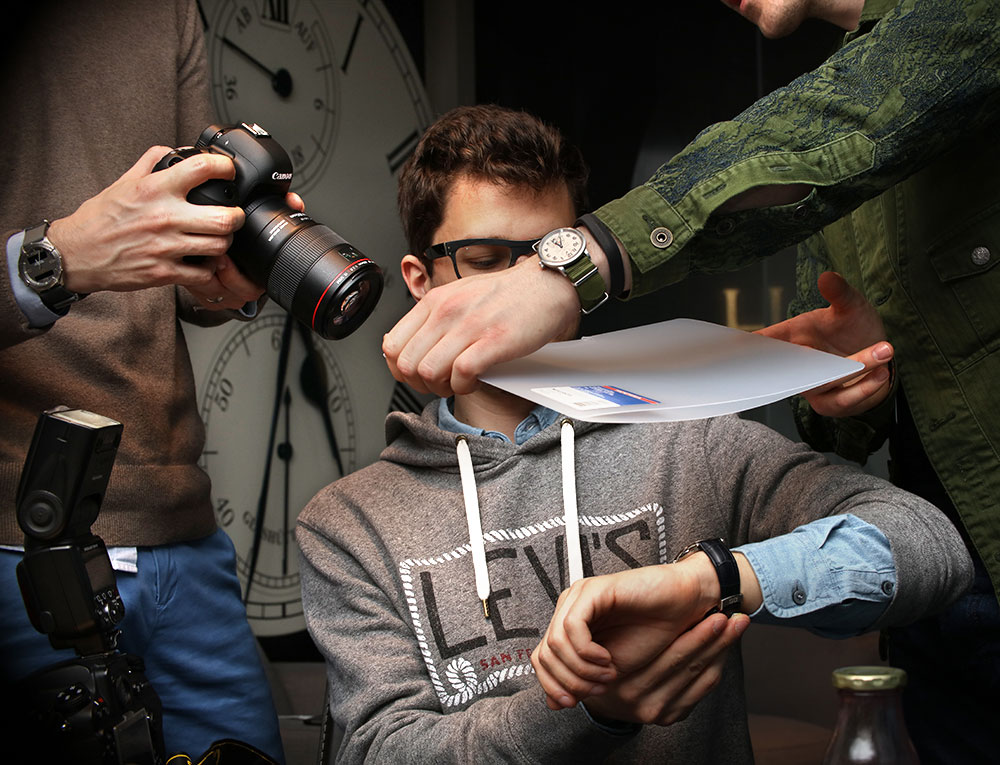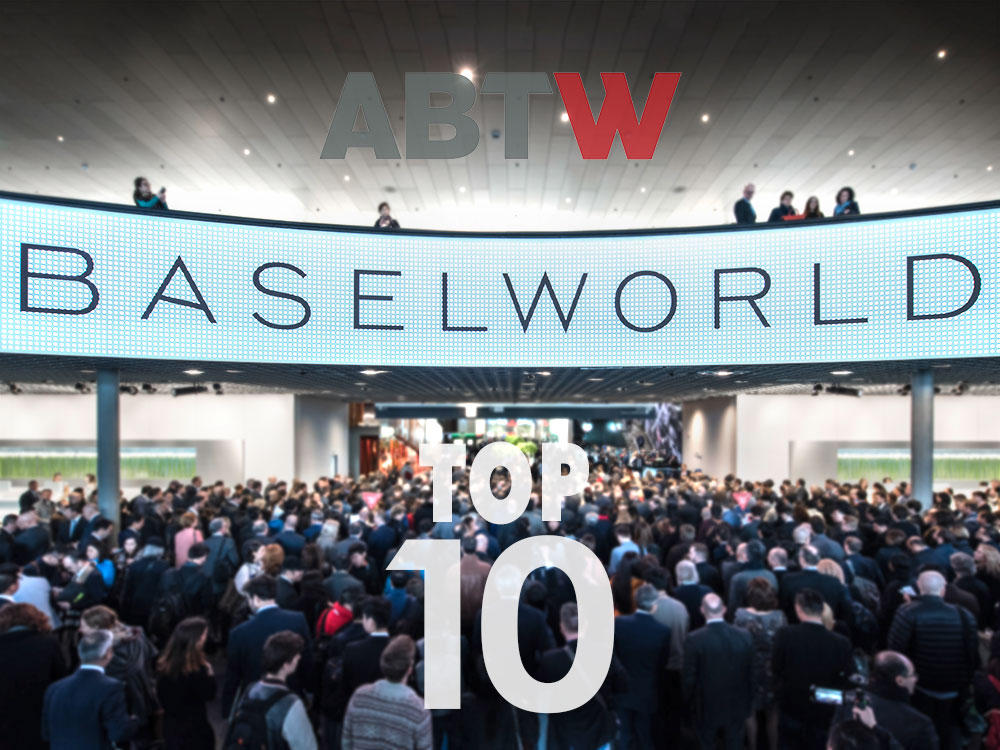
No Baselworld watch trade show is complete without an in-depth aBlogtoWatch team discussion about what timepieces should make our list of the top 10 watches. Last year, in 2016, we actually had so many good options that we made two lists, one being the top 10 totally new watches of 2016 and the other represented the top 10 updates for existing watches released at Baselworld 2016. For 2017 we didn’t have this problem… The discussions the aBlogtoWatch team and friendly colleagues have about what timepieces merit presence on the list inevitably include an analysis of product trends, the activity of the bigger brands, and the overall business environment of both the watch industry and the Baselworld trade show itself. In short, things aren’t looking that pretty behind the scenes, even though there are darn pretty looking watches – many of which we genuinely want to buy.
I’m probably starting to sound like a broken record – repeating the same words year after year about the deep-rooted systemic issues the watch industry has and the challenges it must overcome. As I involve myself more and more with the watch industry, I not only see the nuances of business problems that mar the industry, I also appreciate the (both understandable and sometimes embarrassing) reasons that change is difficult. The watch industry is, after all, deeply rooted in tradition and extremely conservative. With those (sometimes positive) attributes also come snail-like speeds and rigidity when it comes to change. With that said, I do feel that there are a range of reachable solutions to most of the problems the industry faces.
To summarize the business problems the watch industry has, I will once again mention that they relate to a reliance on archaic distribution and sales models (brick and mortar) while often ignoring the global marketplace; substantial overproduction of product that leads to an unsustainable saturation of inventory in the marketplace above and beyond what consumers will ever buy; and a systemic misunderstanding of appropriate marketing and advertising practices. To say it another way, there are too many watches being made that no one really wants to buy, sold in ways that are unfriendly to the consumer, by companies that experience various degrees of mismanagement or internal incompetence.
It sounds harsh, but I’m not exaggerating. There are some fantastically talented people in the watch industry because of the allure of watches themselves and the compelling allure of producing good ones. These people are why I stick around, and it is the fruit of their efforts that I enjoy the most. With that said, until I see the watch industry that we at aBlogtoWatch are solidly a part of start to shift direction as a whole, I will not step down from my soap box and cease to report on the problems that the industry has.

How is this relevant to Baselworld 2017? The weakness of the watch industry has finally hit its major trade show in a substantial way. Attendance for 2017 at Baselworld was down again. I estimate it was about 30% down in 2016, and for 2017 I noticed what were likely similar declines in attendance. Moreover, there were reportedly over 200 brands that did not return to Baselworld from the year before. The show itself is not only experiencing fewer commercial visitors (retailers, distributors, and like), but as a result, fewer brands are choosing to exhibit there. The show was originally designed as a means to connect brands with potential wholesale buyers such as retail stores and regional distributors. These days, the purpose of the show is changing, and I am not sure the organizers know how to pivot properly.
Internet sales and globalization overall have reduced the importance of the traditional brick-and-mortar watch retailer and regional distribution. People are often buying things online from further away places more than in the traditional way (from stores). Also, the internet allows retailers to connect with brands they are interested in without having to attend a trade show event. Thus the importance of Baselworld as a show to connect watch maker and wholesale buyer is diminishing – since the two can connect in other ways.
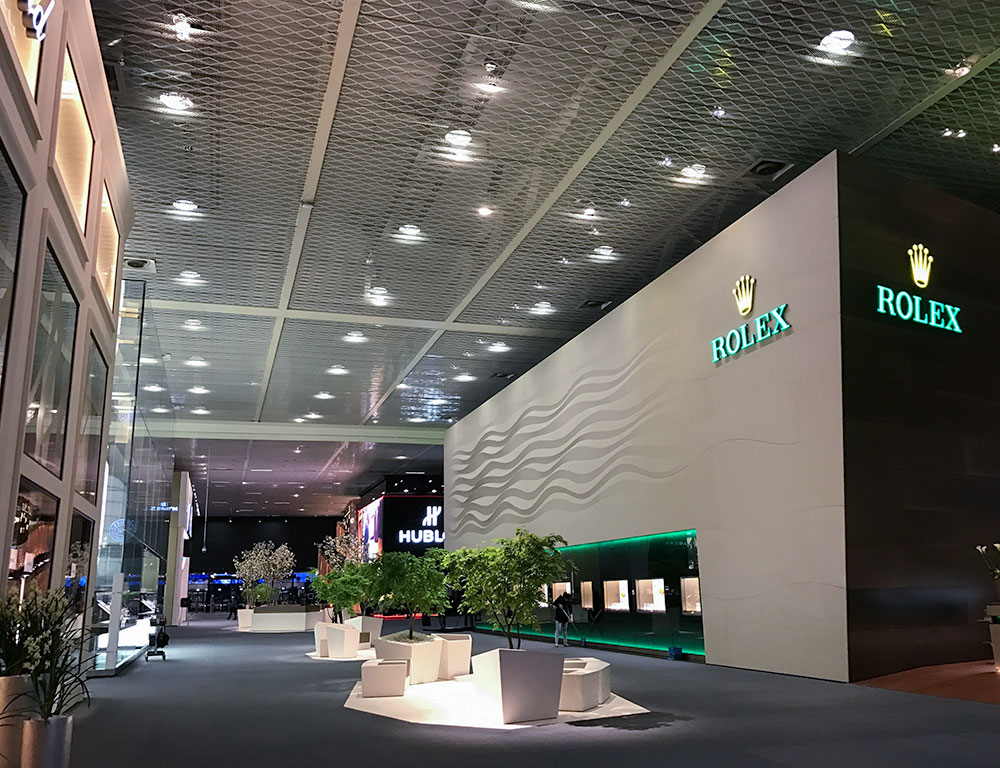
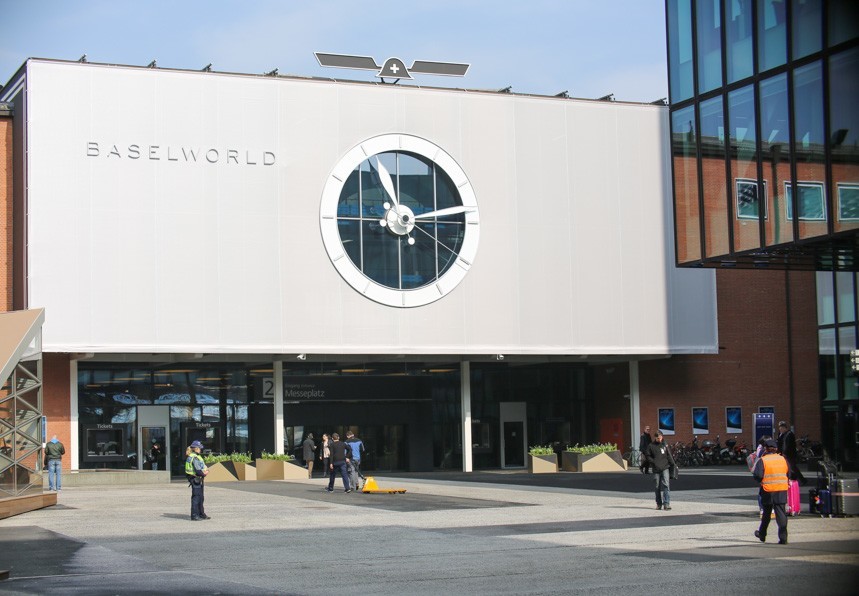
At the same time, retailers are looking to carry brands with existing consumer demand. Rather than discover new products that they feel their customers want, retailers are mostly interested in watches their customers already have demand for. This is where advertising and marketing come in, and why the big boys like Rolex, TAG Heuer, and Omega do so well – because their marketing practices create demand prior to when the customer enters a store. Thus, watch retailers actively seek out products they feel are already in demand so that they can fulfill that demand versus having to create it in the first place.
Enter the press and marketing angle of Baselworld, which is possibly its most important contemporary role. When media like aBlogtoWatch visits the show and shares stories of the new products we discover, it can create consumer demand when people learn about compelling new products. This consumer demand becomes a form of currency brands can use to either attract retail partners or sell their product directly to consumers.
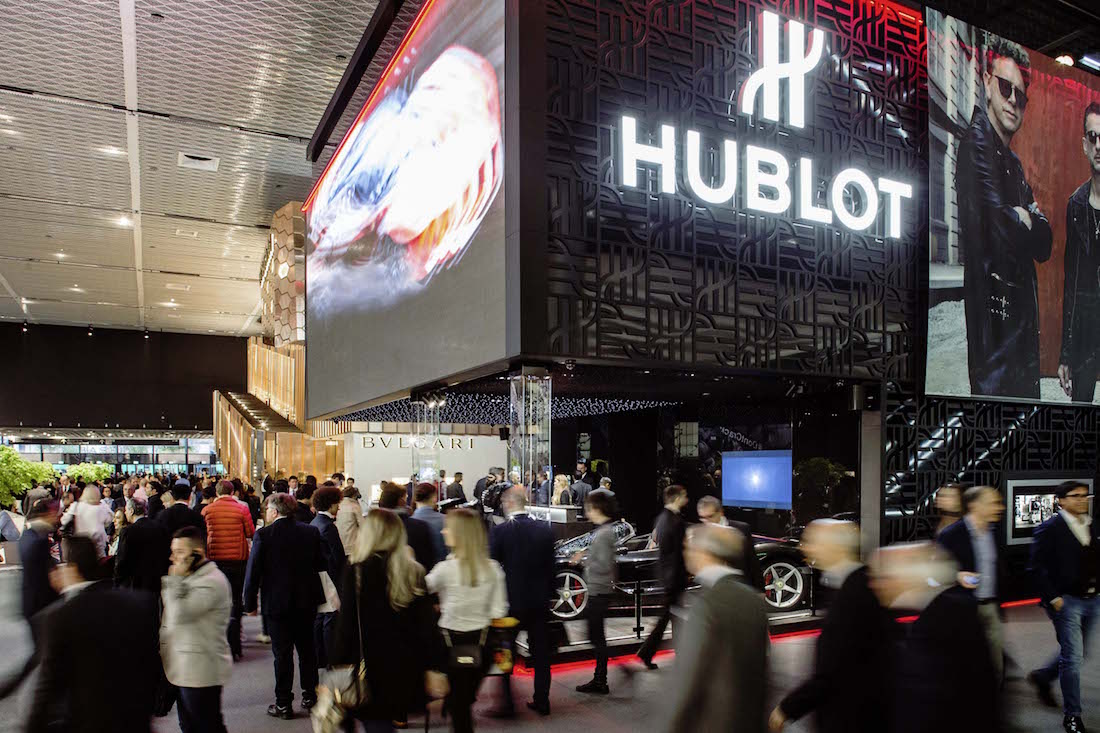
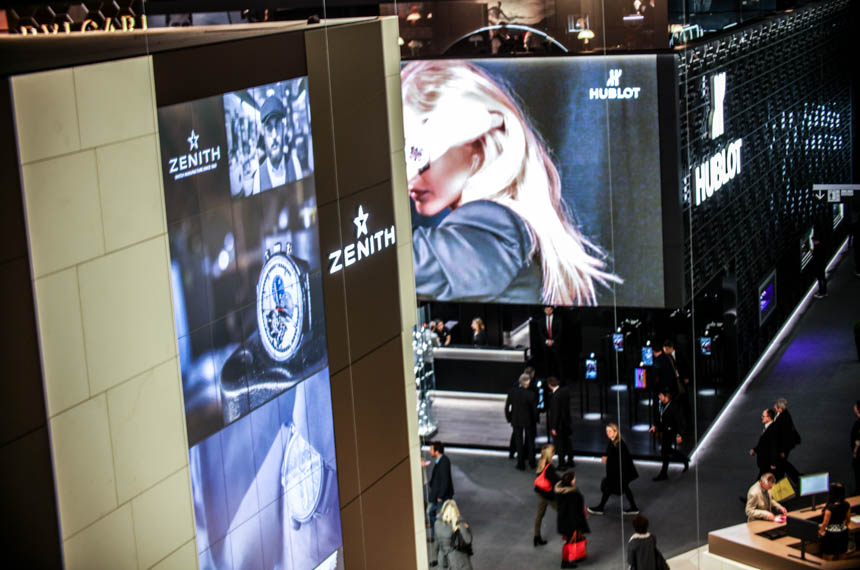
This means that the actual value of Baselworld is increasingly about media and its tangential players that share information about new products for consumers who don’t attend the show so that they can be aware of what is new and worth buying. Despite the fact that this is what Baselworld is actually most valuable for, many will argue the show isn’t properly set up for that. Of course, Baselworld welcomes press and media of all types (aBlogtoWatch included), but there are numerous practical, organizational, and economic things the show should do in order to emphasize its greatest value to the watch and jewelry industry. Such changes should have the effect of helping the relevant media to visit brands they are interested in and share information about what they feel is newsworthy. Barring positive changes that will help refine the value of the Baselworld trade show, many attendees and exhibitors to the show in 2017 greatly worry about the actual longevity of the show itself as an annual event.
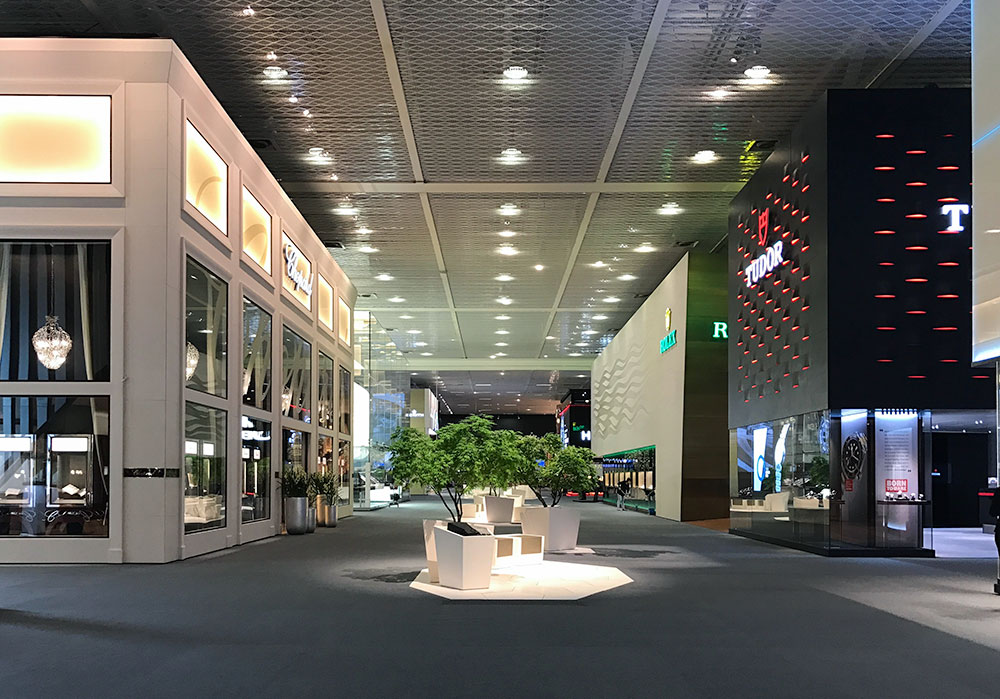
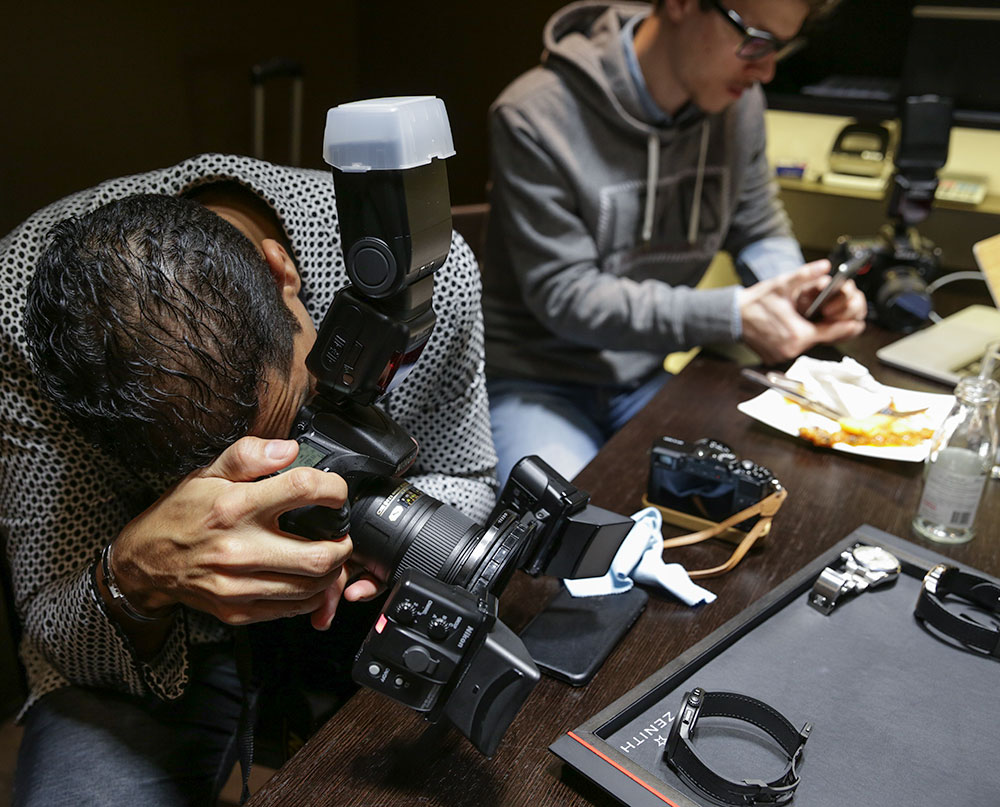
And now, on to the watches, beginning with some trends. Starting with the low-end, we are seeing some very important changes in quartz timepieces. For a long time, the bread and butter of the watch industry was the sale of inexpensive “fashion” watches that were produced in high numbers in a dizzying array of styles. This part of the industry will have to change the most and the fastest (from a product perspective). There are a few issues here.
First is the fact that quartz timepieces were vastly overproduced. Factories in Asia pumped out product that no one was buying, and that era is finally ending. Second is the fact that smart, connected watches will soon make traditional non-connected quartz watches almost entirely irrelevant. The idea being that consumers who used to wear these watches will soon prefer to wear some manner of smartwatch, whether it has a full digital display or is a hybrid with a traditional analog display and connectivity features.
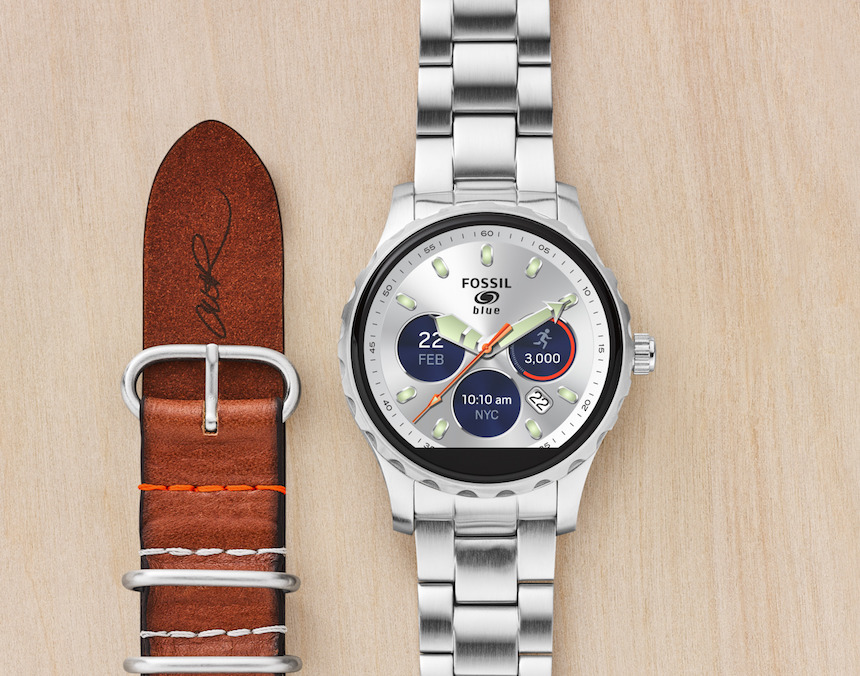
I’ll write about this more in future articles, but I am very happy that both big groups and small companies are deeply investing in the future of the analog hybrid smartwatch. These are watches that appear to be traditional, often with decent designs, but have a Bluetooth connection to one’s smartphone. Typically more simple in technology than a full-on smartwatch, these devices have grown from being about missed call notifications and are maturing to represent more what consumers want. That seems to be a traditional wearing experience with the benefit of being connected to your phone for things like ensuring that the time is always right, no matter where you are.
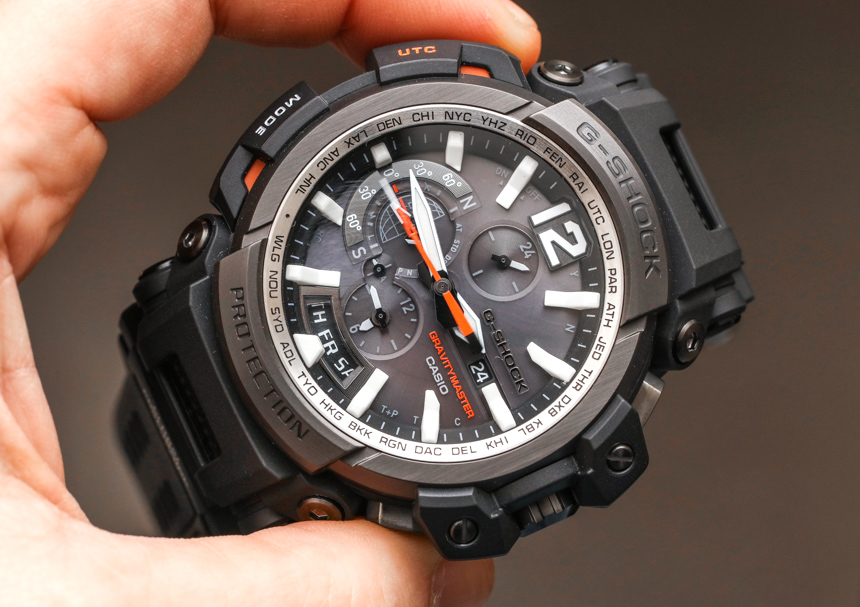
This might seem like a nuance versus a product revolution, but in my opinion, it is a mass market game-changer, and it will totally transform the “cheap watch” industry. Groups like Fossil are putting enormous investment behind this strategy, and in short time most of their watches will either be touchscreen smartwatches or analog hybrid watches with traditional looks and Bluetooth connectivity. Even companies like Casio seem to be slowly following suit – and I think this is a very positive sign for the health of the mass-market timepiece.

Going up the ladder we are, for the most part, seeing the big groups dominating in the $1,000 – $3,000 price point when it comes to overall product quality. It just seems to be too difficult from a cost perspective without an economy of scale for small brands to consistently offer excellent choices in these prices. The Swatch Group, as well as LVMH brands like TAG Heuer, have some really nice stuff in this range.
With that said, too many of these watches seem to be rushed and have designs which render them illegible or confused looking. I will also add that, at this price range and above, I saw a dismaying number of watches at Baseworld 2017 with easily avoidable design mistakes like poor AR-coating or sinfully poor hand designs. Please stop making shiny hands on shiny dials. If I see another watch with hands that seem to melt into the dial, I’m going to throw it into the waste bin where it belongs.
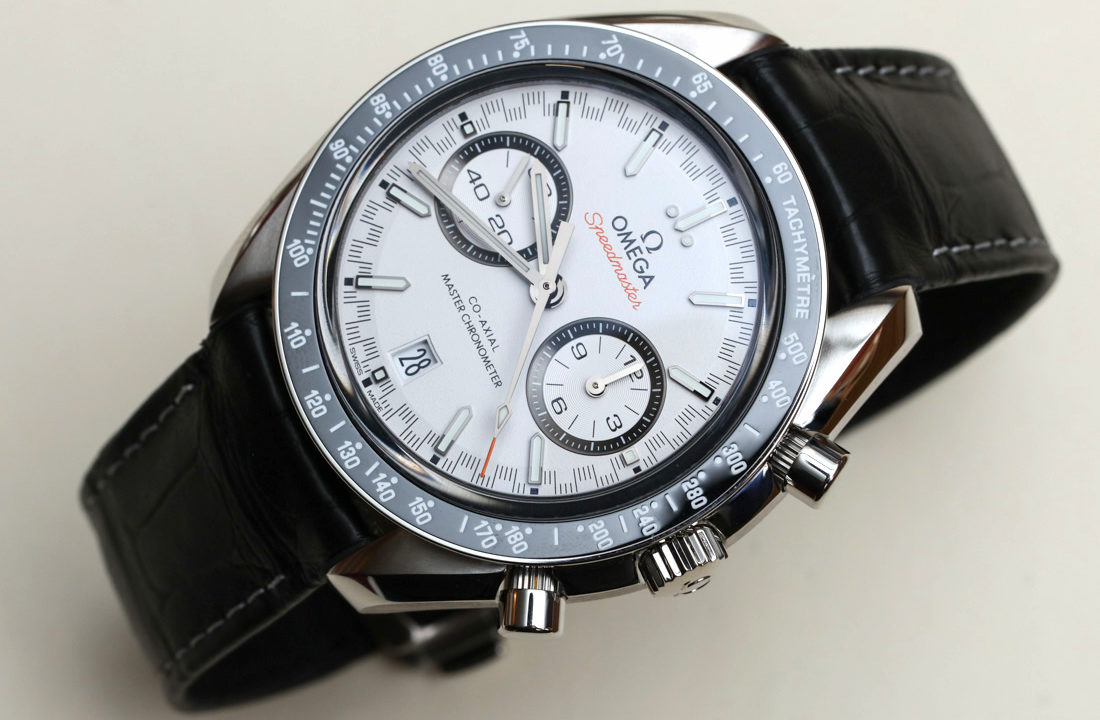
2017 was certainly not about novelty, but rather refinement and product family expansion. We saw a lot of better watches but scant few actually new watches – especially among “volume” price ranges in the $3,000 – $10,000 category which is the sweet spot for the majority of luxury watch consumers. Given market uncertainty, this lack of taking design risks is perhaps understandable, but it does mean that collectors arguably have more of the same to look forward to, without the necessary freshness a lot of watch buyers need in order to stay engaged with their hobby.
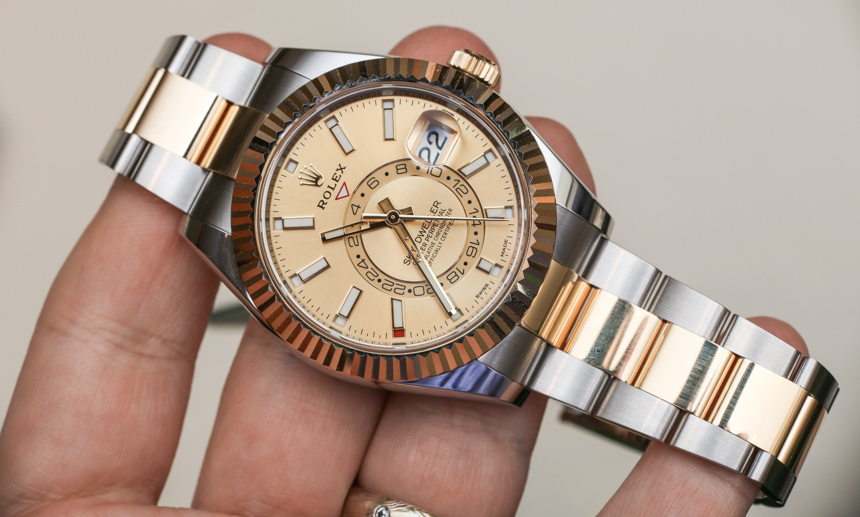
This is also the first year since I’ve been covering Baselworld that we did not include the mighty Rolex on our list of the top 10 watches of the Baselworld show. This isn’t a remark on Rolex watch quality or our perception of anticipated sales. The sleeper hit of Rolex is actually the Rolex Sky-Dweller with its new most accessibly priced Rolesor models (hands-on here) in the $13,000 – $16,000 range – and I think it will do quite well. Rather, no one on the team walked away with a specific Rolex watch on their mind that felt fresh and that they really wanted to get.
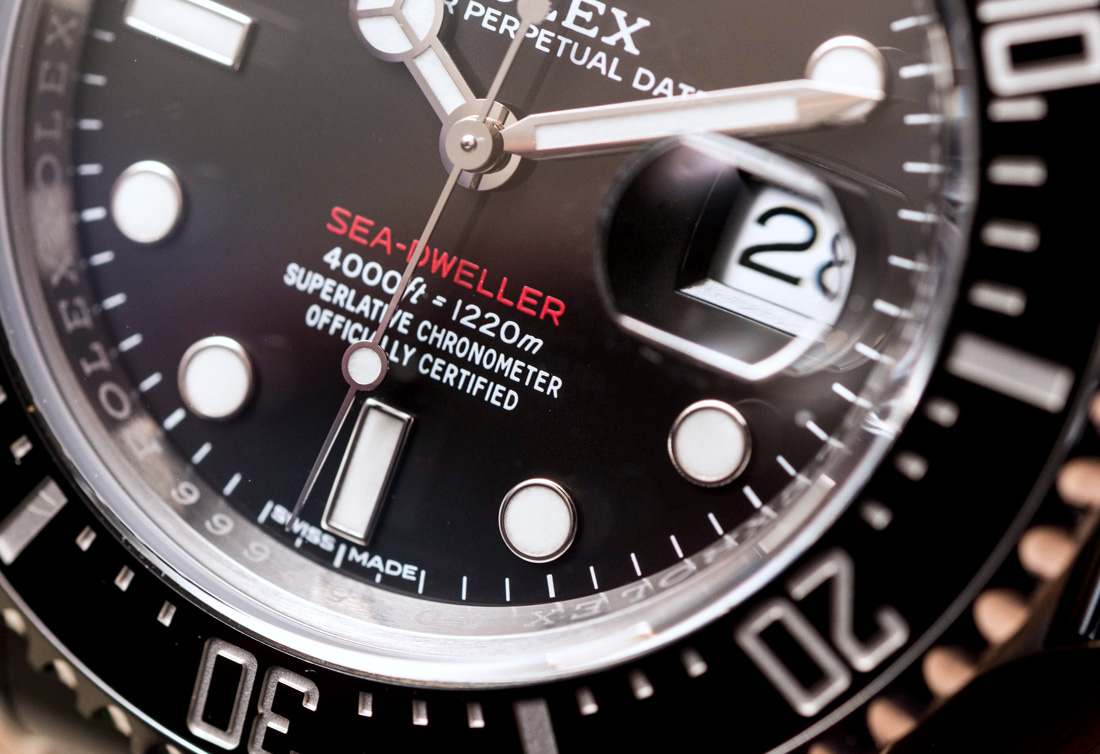
The two really new models were the Rolex Sea-Dweller (hands-on here) and the Rolex Cellini Moonphase. Each is going to sell well, but they are both extremely atypical Rolexes. The former is a direct attempt to appeal to vintage Rolex collectors (the red-colored text) while at the same time fixing a product that was not a sales success (the Rolex Sea-Dweller 4000). We all liked it, but I’m not sure we liked it as much as we could have if Rolex did away with little things like the red text that no one on the aBlogtoWatch team seemed to appreciate. All that said, I think this is a model that will experience excellent sales.
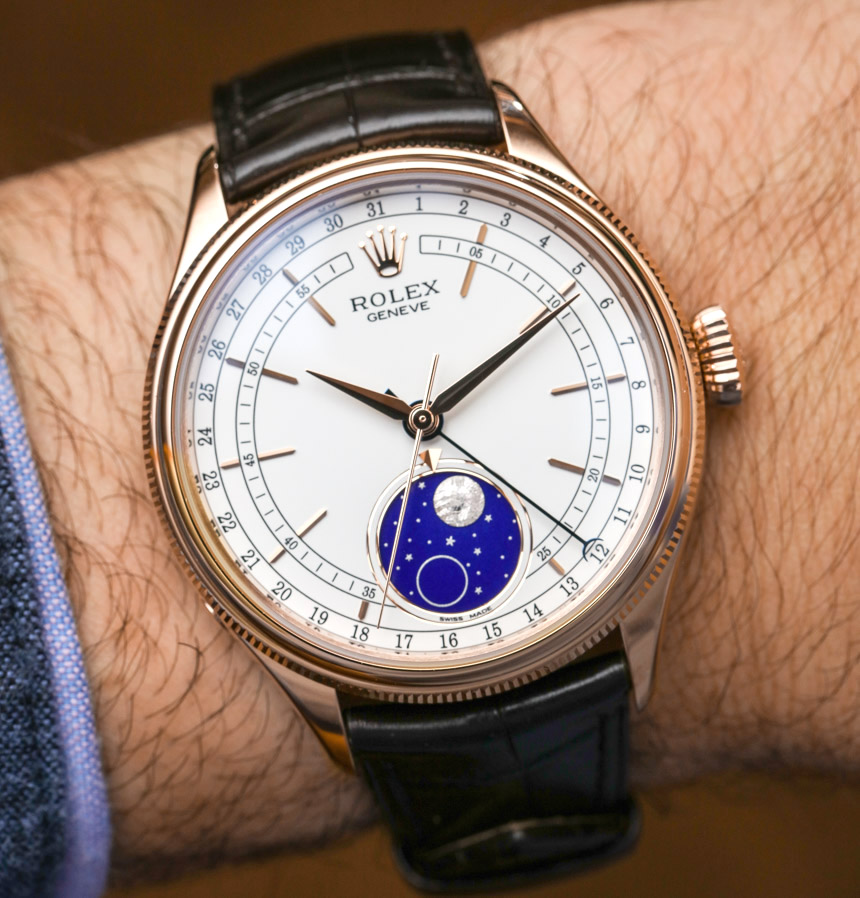
Then, you had the Rolex Cellini Moonphase (hands-on here). According to a conversation I had with Rolex, this was them being more playful and “expressing themselves” versus producing something totally practical. The moon phase indicator complication is all about emotion (and not utility), which is something Rolex buyers are, for the most part, not entirely familiar with. This will no doubt be an important collectors’ item but feels like something Rolex made that any number of more niche traditional brands should really be selling. Rolex, of course, has dozens of products in the pipeline it can produce at any time and chooses just a few new ones each year. I think the Rolex Datejust 41 in all steel will do very well. Again, Rolex had some very viable options for 2017, but nothing new that we felt really needed to have a place on our top 10 list.
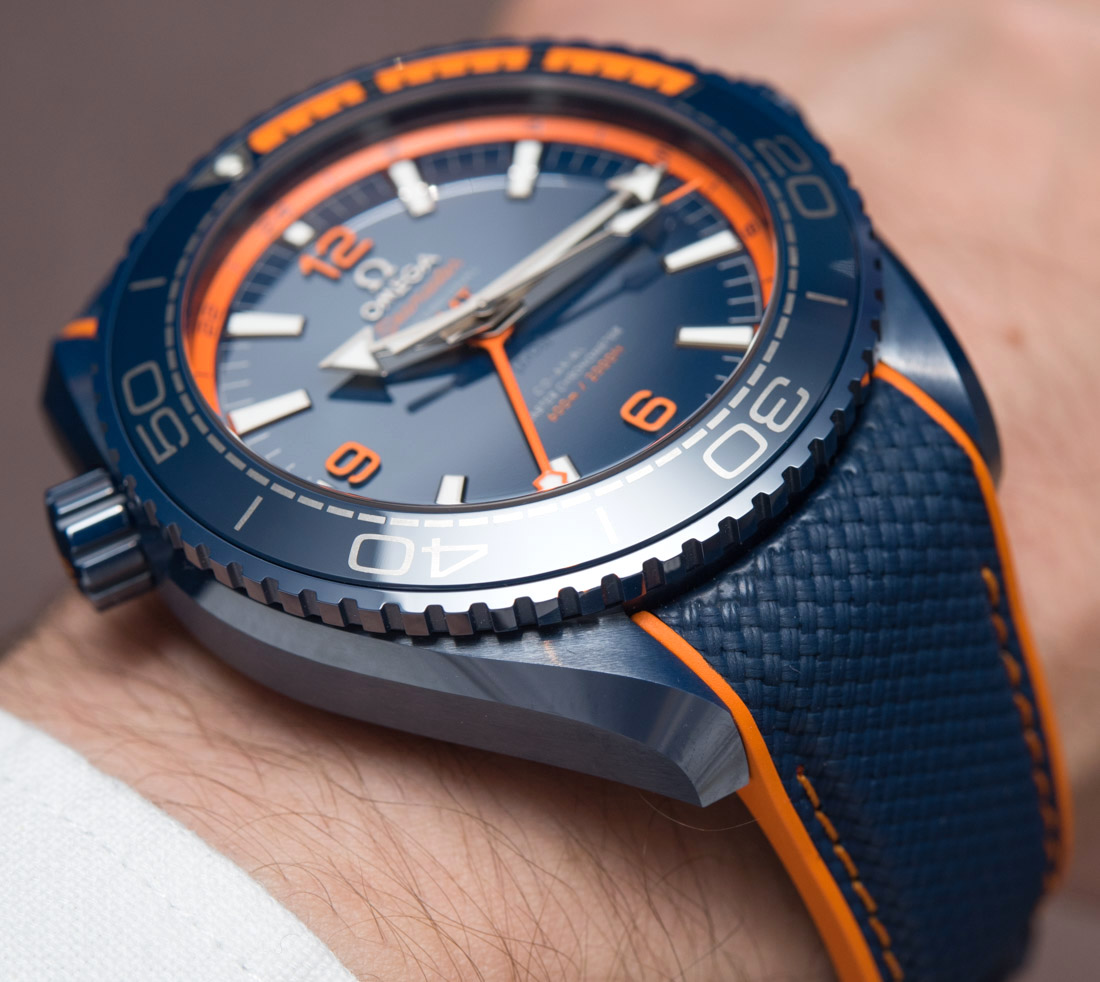
Omega, on the other hand, had a very large number of compelling new watches, even though the overlap in their collection is appreciable. By that, I mean the brand has way too many similar offerings at similar price levels to allow consumers to easily choose the product that is right for them. Moreover, they come out with new versions of their watches on such a regular basis that some Omega lovers complain about not being able to make a purchase decision because they feel something just a little bit better is just around the corner.
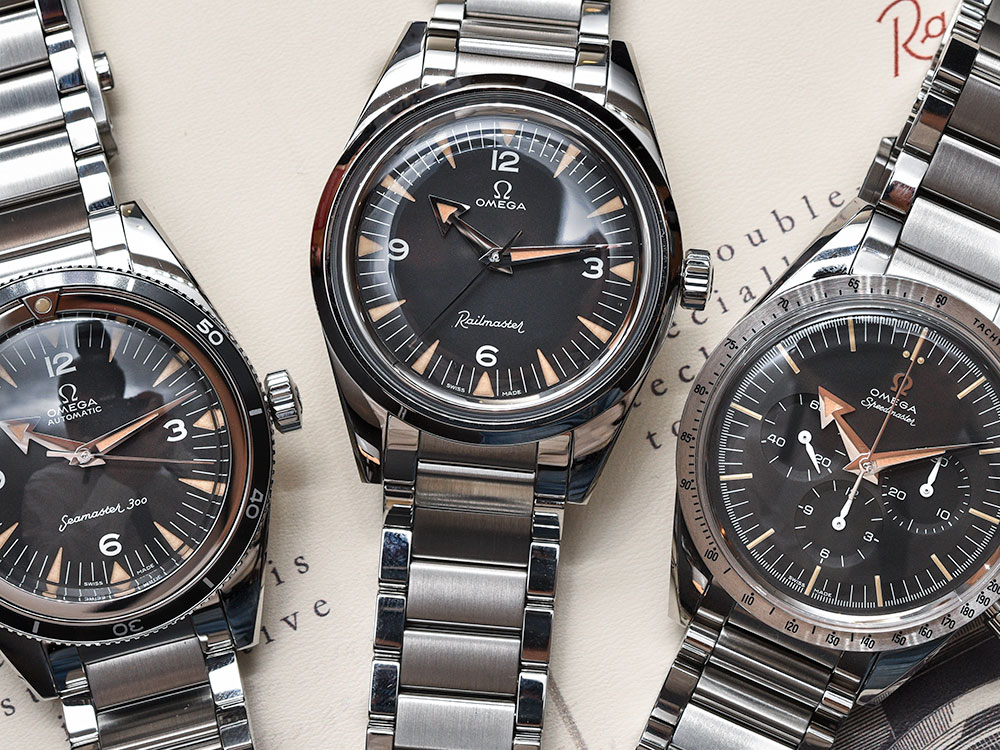
Omega further mixes and matches novel technology and creative production techniques with vintage-inspired design aesthetics so often that the resulting products are those that only serious brand and horological experts can really wrap their mind around. Rolex has always been better than Omega at allowing consumers to choose the right watch, while Omega out-blitzes Rolex when it comes to sheer variety and product segmentation.
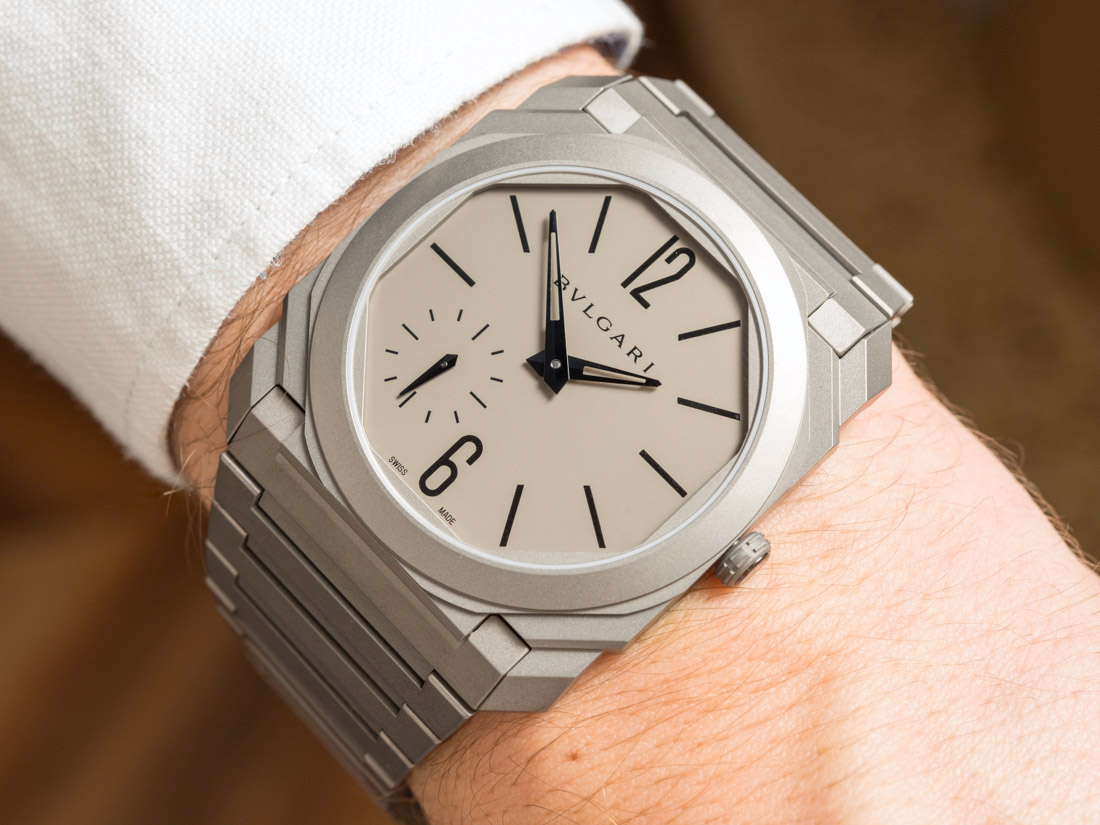
As a group, I think that LVMH was perhaps the strongest. Bulgari is really finding its groove with the beautiful and technically interesting new Octo Finissimo watches – that are becoming icons in their own right. Then you have Jean-Claude Biver who continues to have a connection to Hublot and is the current CEO of both Zenith and TAG Heuer. Each of these brands seems to know their consumer rather well (though Zenith is still in the process of building itself back up) and has released a slew of market-friendly products at comparatively fair prices with modern designs the market is known to appreciate.
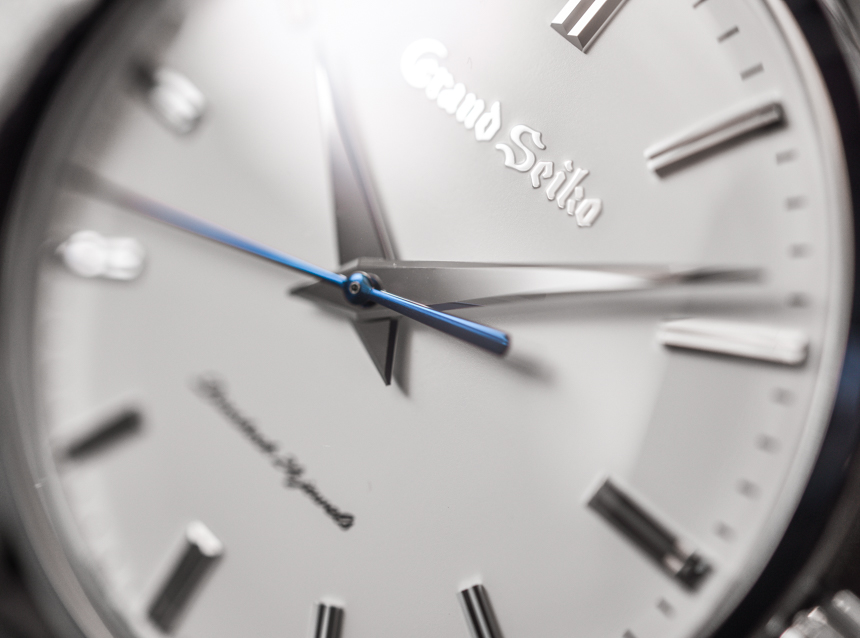
Before we get to the top 10 watches themselves, I want to mention Seiko, who offered some interesting news at Baselworld 2017 – that Grand Seiko would break off as a separate brand. In their words, this was akin to formally making Grand Seiko into Seiko’s version of Toyota’s Lexus. Beyond that, it was a bit unclear as to why this separation needed to happen, or what being part of Seiko was holding Grand Seiko back from. For consumers, this means a Grand Seiko watch dial without both “Seiko” and “Grand Seiko” on the dial.
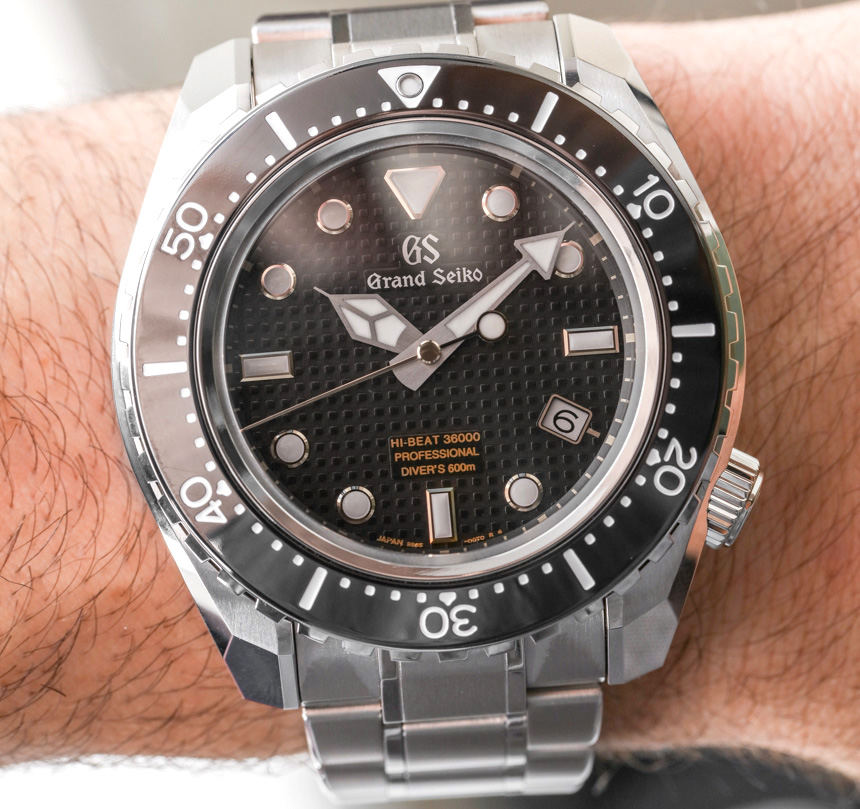
I personally think the separation had to do with the fact that Seiko feels Grand Seiko can appreciably grow and carry the beleaguered Japanese watchmaker in an important way as the brand’s core business of lower-end watches has slowed recently. Grand Seiko watch prices have been going up a lot lately, so I hope that we will also see more personality and a forward-focus at Seiko’s high-end division (as I mostly seem to recall a slew of limited-edition retro-inspired models versus too many new compelling sport models).
And now, onto the aBlogtoWatch selection of the top 10 watches of Baselworld 2017…

